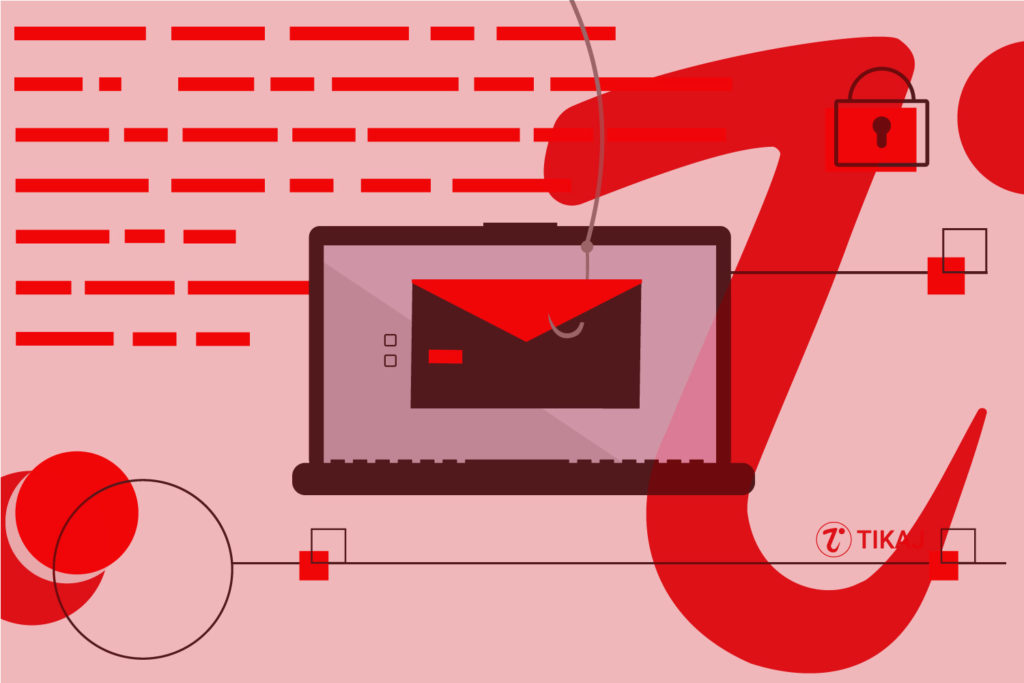Phishing Takedown Services – How they work?

“Protect your brand from phishing attacks with a reliable Phishing Takedown Service.”
Before we jump into what Phishing Takedown Services are, let’s understand why we need it. With the rise of phishing, brand owners are facing major challenges to protecting their online presence and reputation. Phishing websites are made to steal personal information, like login credentials, financial information, and social security numbers. If you have a website, it is important to protect your visitors from these types of scams.
What is Phishing Takedown ?
Phishing takedown is process of removing content from internet that is hosted for some malicious purpose. Through takedown processes like DMCA Notices you can also remove content that violates your copyright, trademark and intellectual property rights.
What kind of content can be removed ?
Phishing takedown process can be used to remove a variety of types of phishing content, but the content must be phishing. Usually provider who handles the request they verify the reports but you should use the process responsibly as there are serious fines associated for misreporting.
Below is concise list of content those should be easy to remove if phishing in nature
- Fake websites: These are websites that are designed to look like legitimate websites, but are actually designed to steal personal information.
- Social media posts: These are posts on social media platforms that are designed to look like they are from legitimate organizations, but are actually designed to steal personal information.
- Other types of online content: This can include any other type of content that is designed to trick people into giving away sensitive information, such as online ads or pop-ups.
Some of the hard to prove and hard to remove by individual are:
- Text messages: These are text messages that are designed to look like they are from legitimate organizations, but are actually designed to steal personal information.
- Phone calls: These are phone calls that are designed to look like they are from legitimate organizations, but are actually designed to steal personal information.
- Email messages: These are email messages that are designed to look like they are from legitimate organizations, but are actually designed to steal personal information.
- Fake profiles: These are fake profiles of executives and employee usually used to scam people.
- Fake contact details in social media.
How to remove Phishing Websites, Domains and Applications without subscribing to a service ?
If you are receiving phishing campaigns, one way around can be you will simply capture the attacker if seen easily otherwise analyze phishing, see if you can take the website down.
After a phishing website is detected and affirmed, promptly initiate website takedown procedures using your internal staff.
Estimated Time: 45 minutes
-
Identify the phishing website
This can be done by looking for signs such as misspellings in the URL, unusual characters, or a URL that does not match the expected URL for the website.
You need to assess the size and extent of the phishing attack. -
Gather Intelligence
Bbtain information about the website and the ISP hosting the website.
Once you get information contact the ISP to request the website be removed and escalate to the ISP’s local authorities as needed.
You’re not done yet, you need to maintain contact with the ISP until the website is brought down and is no longer a threat to your organization.Report the phishing website to the hosting company or ISP. -
Report the phishing website to Google Safe Browsing & other phishing feeds
This can put a warning in chrome browser and block websites in certain network. Visit https://safebrowsing.google.com/safebrowsing/report_general/
-
If main website looks legitimate contact the website that is being compromised and let them know that their website is compromised
A compromised phishing website is a site that has been hacked and is being used to phish for sensitive information. Contacting website owners might be quickest way to remove such content.
-
Contact the registrar of the domain name and let them know about the phishing website.
The best way to contact a domain registrar is to look up their support contact information on their website. You might find the registrar by doing whois as well.
-
Request that the phishing website be taken down by the hosting company or ISP.
There are a few ways to contact a website’s hosting company. The most common way is to look up the contact information in the WHOIS database. Another way is to use a reverse WHOIS lookup tool.
-
Distrupt the scam
Provide the URL of the detected phishing website(s) to ISPs and security companies. These companies use the URLs to obstruct or potentially alert their subscription-based members from gaining access to deceitful sites. Because sharing is caring !
-
Record the steps & actions
After all the work, never forget to create a Phishing Website Summary Report after the website is successfully taken down. This report will provide important historical evidence for investigative and analytical purposes.
The process can vary based on incident types, hosting providers & domain registrar.
Alternatively, to save time and cost, you can contact a phishing website takedown service who can remove these websites from the internet so that your visitors are not scammed.
What are Phishing Takedown Services?
Anti-Phishing and Phishing Website Takedown Service come into play when someone or some business customers are receiving phishing emails and they look so legitimate, that after hours of surfing we don’t get the reason for attacks. Your time is their money, thus it’s always a wise choice to go for a takedown solution.
Takedown services involve trying to get the phishing site shut down by digging through ISPs, hosting providers, domain registrars, law enforcement, and other authorities on their own until they get to the right person.
Since these services have automated system to gather intelligence, it becomes easy to takedown phishing websites, phishing domains and rogue apps in relatively less time.






